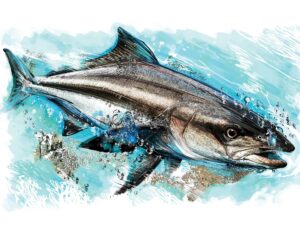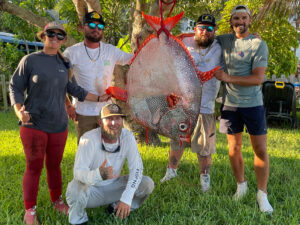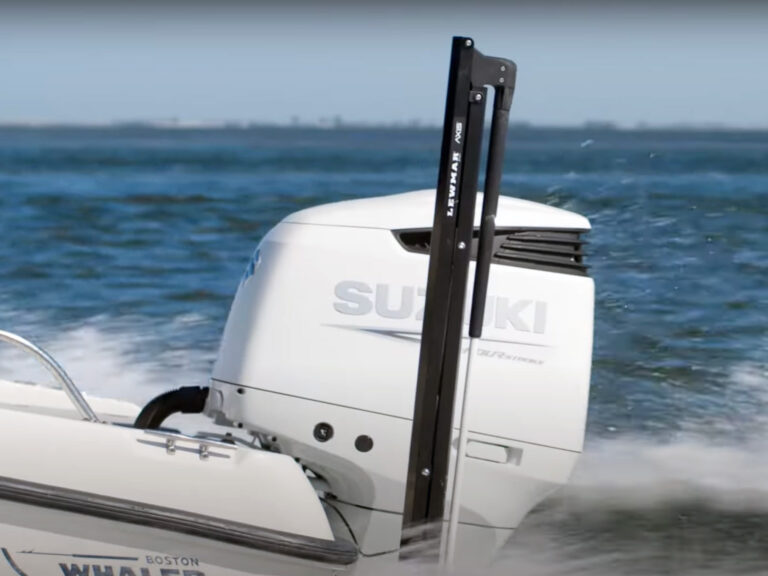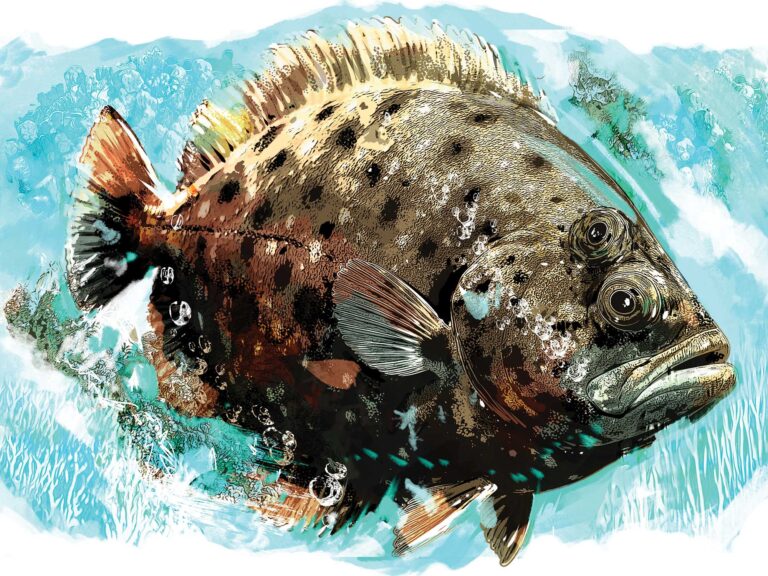

STOP THE ACTION (Using Aperture Priority)

TRY NEW ANGLES (First of two photos)

TRY NEW ANGLES (Second of two photos)
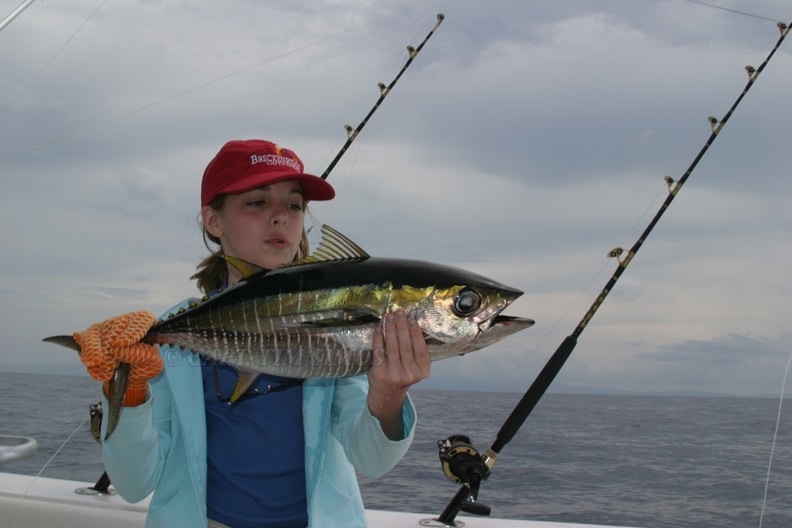
CLEAN UP YOUR ACT (First of two photos)
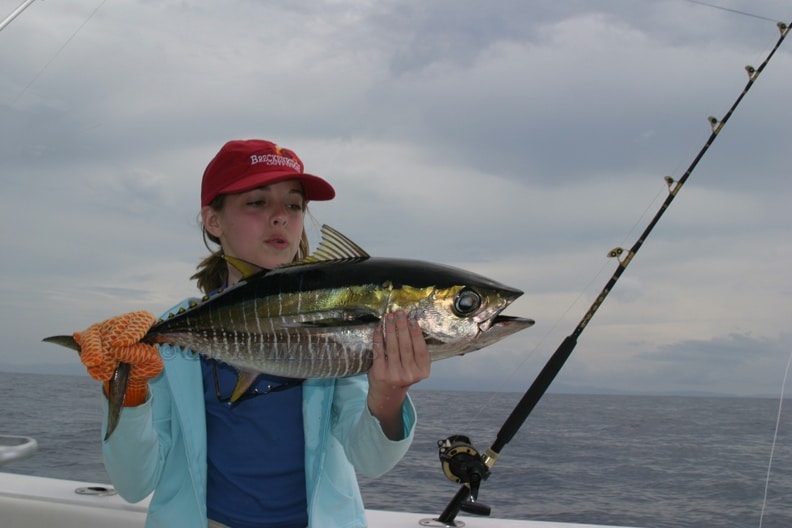
CLEAN UP YOUR ACT (Second of two photos)

LEAVE ‘EM SMILING

ZOOM IN

RULE OF THIRDS (First of three photos)
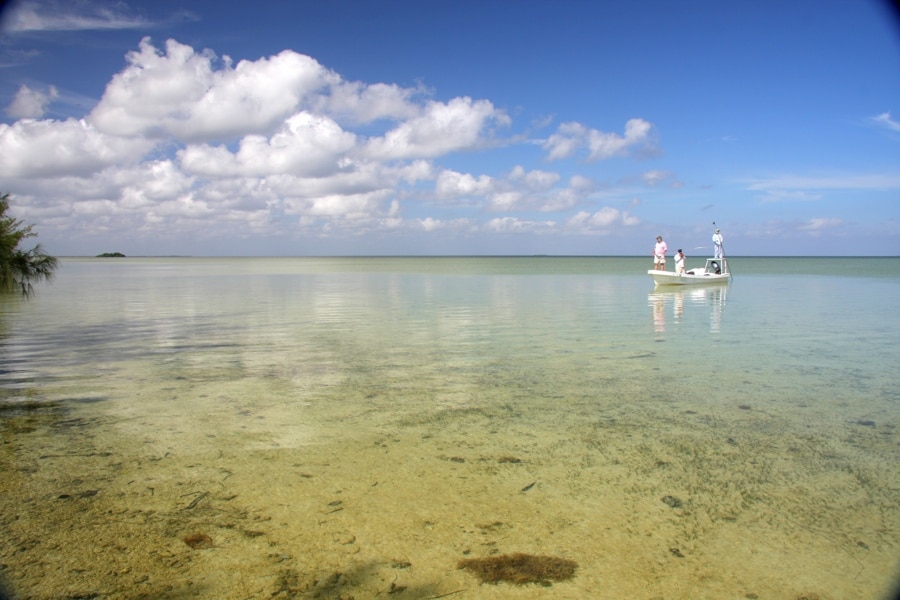
RULE OF THIRDS (Second of three photos)
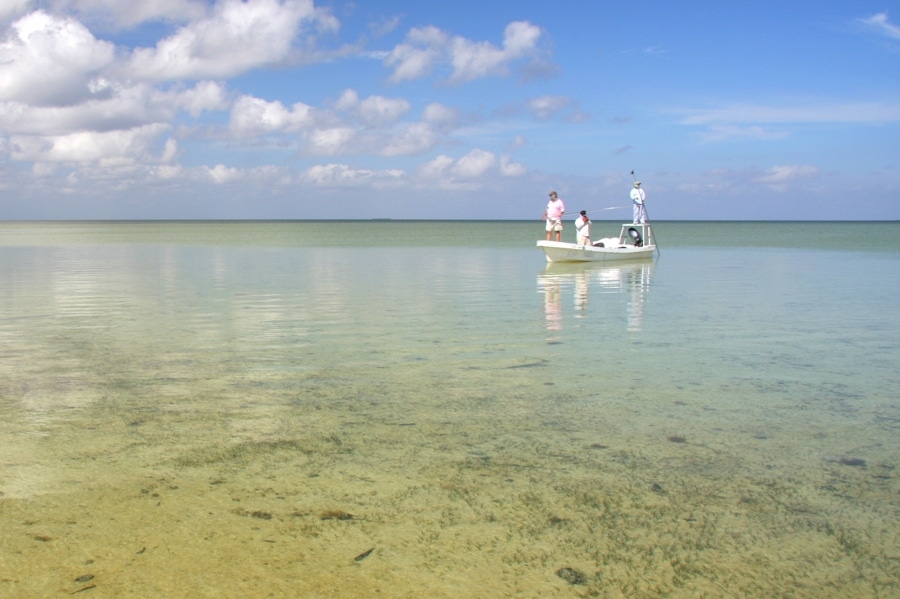
RULE OF THIRDS (Third of three photos)
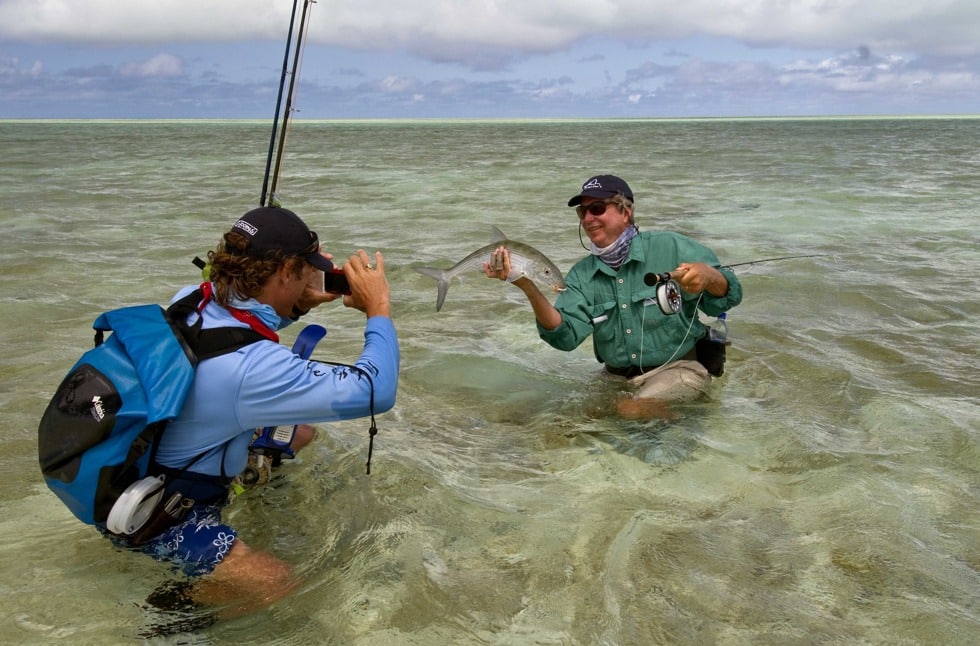
CHECK YOUR BATTERIES
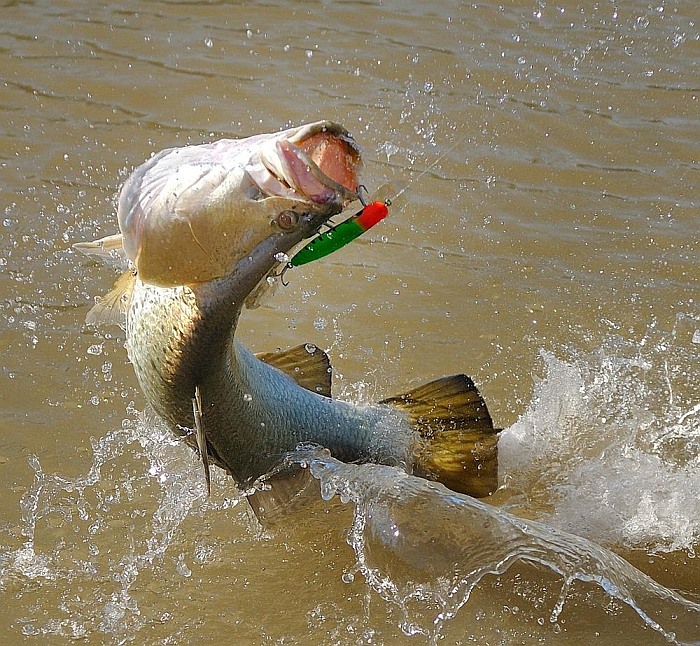
STOP THE ACTION (Using Shutter P riority)
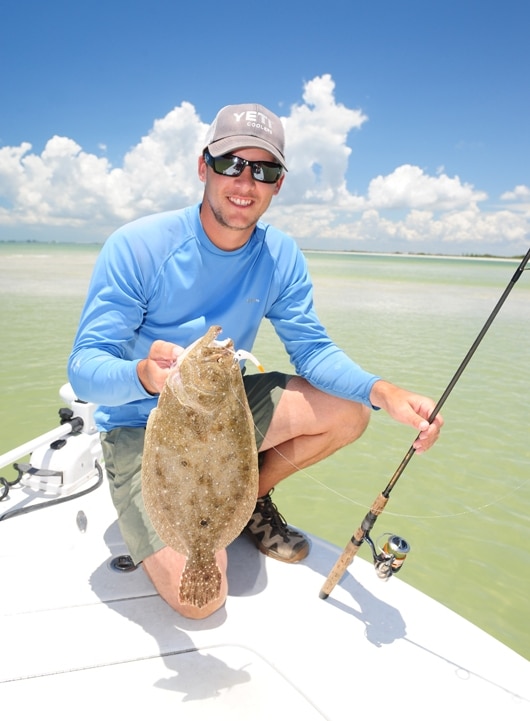
MIDDAY FLASH WITH A NEW ANGLE
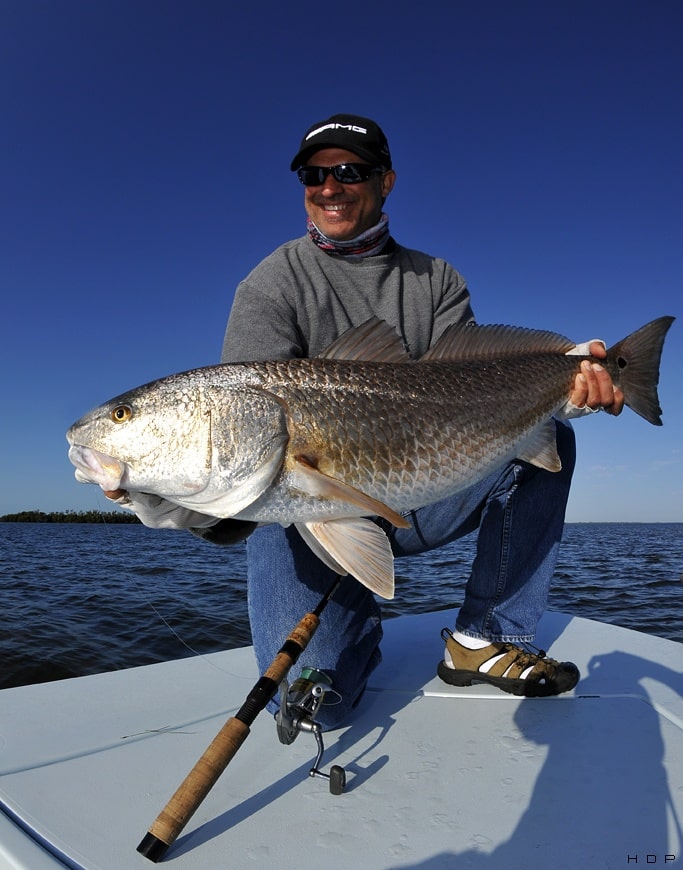
AVOID BLOWOUTS ON THE WATER (First of two photos)




